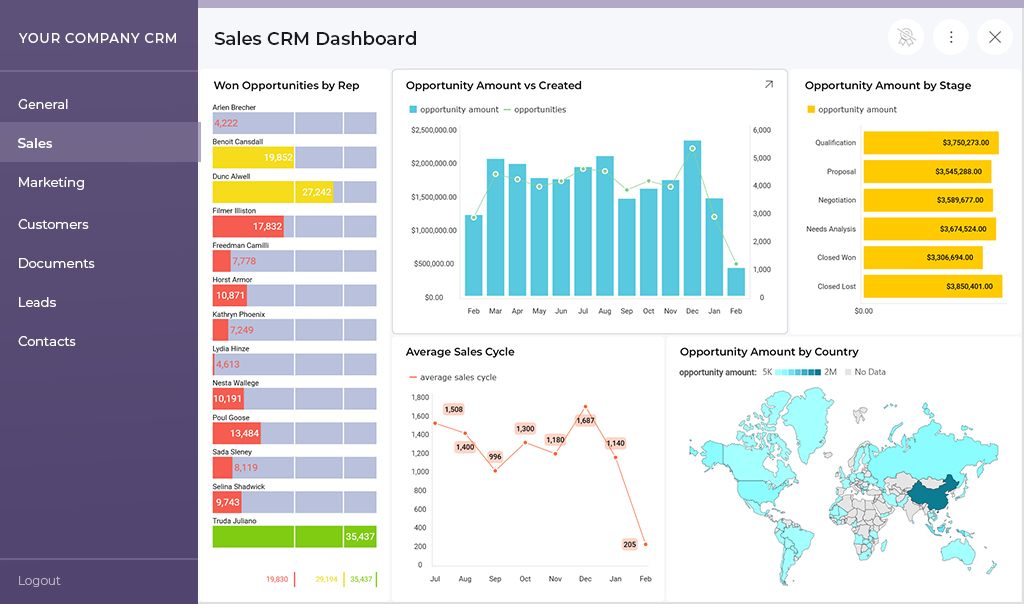
Scriptly Helps Pharmacies Identify Trends in Real Time with Reveal
In today’s data-driven world, a well-established and implemented embedded analytics solution is the foundation of any successful business. Regardless of your own software application, by integrating powerful embedded analytics capabilities, you gain a tremendous advantage in managing resources more intelligently, streamlining workflows, and optimizing your ROI.
Contextual data helps reveal where and how processes and decisions can be improved and optimized for maximum performance and profitability.
Return on Investment (ROI) is a popular financial ratio metric that is used to evaluate an investment’s profitability. It is typically calculated by using this simple formula:
(Net Profit / Investment)*100
In the context of embedded analytics, an embedded analytics ROI is the tangible contribution of the solution to a business.
You can measure the ROI of embedded analytics by testing your users’ data maturity – did more of your business users start understanding the information presented in dashboards and reports, have they started creating such on their own, and have they started guiding their decisions by data insights?
Often, this would be enough to determine that your investment was worth it. However, here are a couple of ways to measure the ROI of embedded analytics that are more straightforward and can provide you with numbers:
Analytics Usage
This method of measuring the ROI of embedded analytics covers in what capacity and how often your users are using your analytics products/services. You can easily generate and analyze this data once you already have an analytics solution in place.
Example: Let’s imagine you have property management software and recently introduced BI capabilities as part of your suite of features to help customers easily analyze data regarding their vacation rental units. With the data that you can generate about how many of your clients have started to actively use the analytics capabilities, you can use this formula to measure ROI:
((Value per active user * users) / cost of embedded analytics solution) *100
*You will need to attribute a monetary value to each user.
By using KPIs such as NPS (net promoter score) or CSAT (customer satisfaction score) with customer value, you can better attach a monetary value to each incremental point when measuring the ROI of embedded analytics.
You can do so by using the following formula:
((Customer value * new NPS/old NPS) / cost of embedded analytics solution) *100
So, you’ve embedded analytics into your app, and your users are actually using it to drive their decisions. Great! Next comes the question of whether that’s working. Here’s how to check:
Example: Let’s say that the sales of your retail store have dropped, and your team decided to test a new selling strategy that is based on historical and real-time data. For the purpose of the example, let’s imagine the strategy was a success and it resulted in +16% more sales. You can use that data to measure the ROI of embedded analytics for your retail business.
((Revenue of data-driven initiative) / cost of embedded analytics solution) *100

So, this is how you can measure the ROI of embedded analytics for your business when you are investing in such a solution. However, keep in mind that your product/service users are also making an investment when they purchase your software product, including the integrated analytics capabilities, so they would also measure the ROI for their business as well. With this in mind, make sure that you invest in an embedded analytics solution that provides real value for all data users – both internal and external.
Back to Top